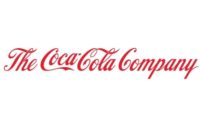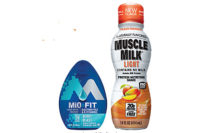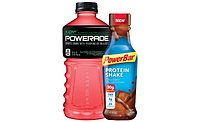2014 State of the Industry: Sports and protein drinks
Sports drinks work to maintain market share




After a strong growth period, the sports drink category is facing competition from brands outside the category. Elizabeth Sisel, beverage analyst for Chicago-based Mintel, told Beverage Industry in its May issue that the sports drink category grew 30 percent from $5.4 billion to nearly $7 billion between 2008 and 2013. However, it now is facing outside challenges.
“Sports drinks face increasing competition from other beverage categories offering consumers increasingly comparable functionality,” Sisel said.
Howard Telford, beverage analyst for Chicago-based Euromonitor International, stated that the U.S. sports drink market began to slow in 2012 and was essentially flat in 2013. According to Chicago-based Information Resources Inc. (IRI), the non-aseptic sports drink category increased just shy of 2 percent, totaling more than $5.5 billion in sales for the 52 weeks ending April 20 in total U.S. multi-outlets.
Accounting for roughly 99 percent of the market are Purchase, N.Y.-based PepsiCo Inc. and The Coca-Cola Co., Atlanta. PepsiCo’s Gatorade and Propel brands make up 77.7 percent of the market, while The Coca-Cola Co.’s Powerade brand represents 21.3 percent, based on IRI data.
Gatorade has been leveraging its athlete relationships with the NBA’s Paul George as well as its partnership with the MLB, specifically with MLB All-Star Bryce Harper. The brand also is working with 7-Eleven stores to offer a limited-edition flavor: Gatorade Fierce Green Apple.
Although it remains distant from Gatorade’s market share, Euromonitor’s Telford said Powerade had been gaining market share during the category’s growth years. “Powerade had been successfully taking share over the 2008-2012 period in the U.S. but remains a big distance behind Gatorade in the U.S. category,” he said. “In 2013, the share picture was fairly stable, with both brands following the flat growth trend experienced in the category.”
However, in its 2014 first-quarter financial report, the company noted that Powerade continued its growth trajectory with 9 percent growth in the quarter coming from both the base business and its new Powerade Zero Drops, which launched last summer.
The sports drink mix category also has seen major gains from Northfield, Ill.-based Kraft Foods Inc. The company’s Mio Fit brand saw sales increase nearly 150 percent, totaling $21 million for the 52 weeks ending April 20 in IRI-measured channels.
However, consumers also are turning to other solutions when it comes to their healthy beverage purchases. Smaller than the sports drink category, nutritional drinks, including meal replacement beverages, accounted for less than half of the sales of sports drinks in 2013 at $3.2 billion, according to Mintel’s January report “Nutritional and Performance Drinks – US.” Even smaller than that was protein drinks with $2.1 billion in sales for 2013; however, this is a 51.2 percent increase from 2011 when sales were $1.4 billion, the report noted.
“Protein RTDs within the sports nutrition category are growing strongly,” said Chris Schmidt, consumer health analyst at Euromonitor. “Their push into mainstream retailers and an increasing focus on lifestyle and functional nutrition branding — as opposed to hardcore sports recovery — along with the glowing praise heaped on protein by the popular media, is driving growth in both relatively mature and emerging markets.”
The segment has seen new product entries from a number of brands, each appealing to different need states. For example, California Natural Product’s CalNaturale Svelte brand released a Banana Crème variety that is U.S. Department of Agriculture certified organic.
Looking for a reprint of this article?
From high-res PDFs to custom plaques, order your copy today!







